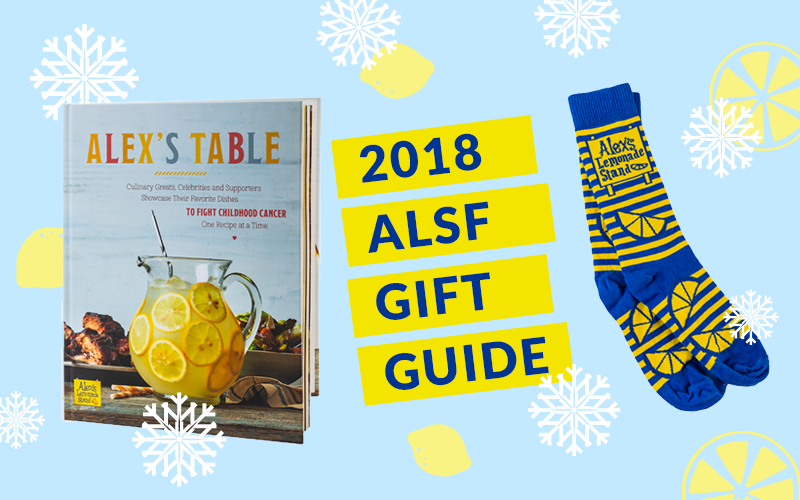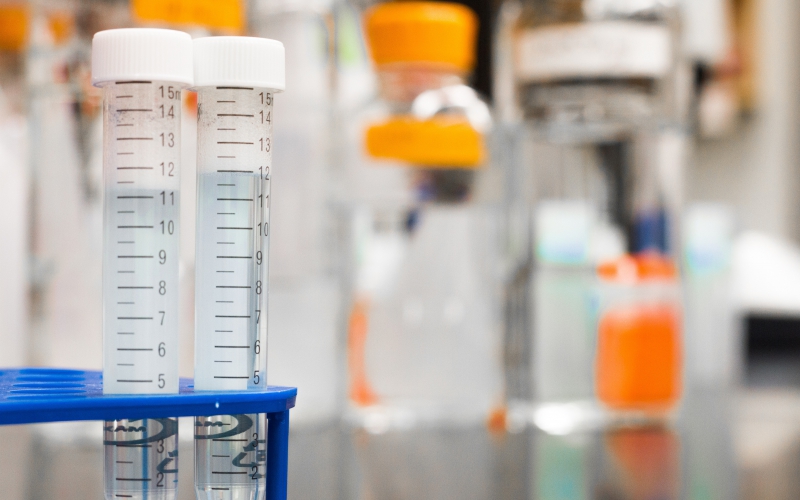The Childhood Cancer Blog
The Childhood Cancer Blog
by Trish Adkins
For Eden, the trouble began when she was 10 years old. The trouble had a name: pain. It seemed normal at first—maybe a side effect from dancing or growing. But then it never went away and then, suddenly, Eden could not dance anymore.
“I knew in my heart it was more than growing pains,” said Eden’s mom, Shannon.
A MRI revealed the source of the pain: a tumor on her leg. And not just any tumor, it was a tumor so rare that it had never been seen before. They nicknamed it Eden’s Tumor. Eden’s doctor,... Read More
Children with certain types of hard-to-treat childhood cancers just got another huge dose of hope. Last week, the U.S. Food and Drug Administration (FDA) granted accelerated approval to a drug called Vitrakvi (also known as larotrectinib), making the treatment available to children with cancers that are NTRK fusion-positive.
... Read More

From experiences to stocking stuffers and some luxury items in-between, ALSF has the best holiday gifts that will delight everyone on your list and benefit childhood cancer research.

Kids will love the KiwiCo Lemonade Stand Crate.

Our signature cookbook, Alex's Table, makes the perfect hostess gift.

Warm up your loved ones with the Love Your Melon beanie.

Stuff your stockings with crazy socks!

This Alex + Ani bangle is perfect for the jewelry lovers on your list.

Give the gift of tickets to our fanciest event of the year--The Lemon Ball!
by Trish Adkins
We are in the holiday season and everyone always has that one person who is impossible to buy for! Don’t stress, because we’ve got you covered with the official Alex’s Lemonade Stand Foundation (ALSF) 2018 Gift Guide!
From experiences to stocking stuffers and some luxury items in-between, ALSF has the best holiday gifts that will delight everyone on your list and benefit childhood cancer research. Here’s our 12 favorite things to give this holiday season:
1. Stuff your stockings!
Whether you are stuffing stockings, filling gift baskets or looking... Read More
Pages










